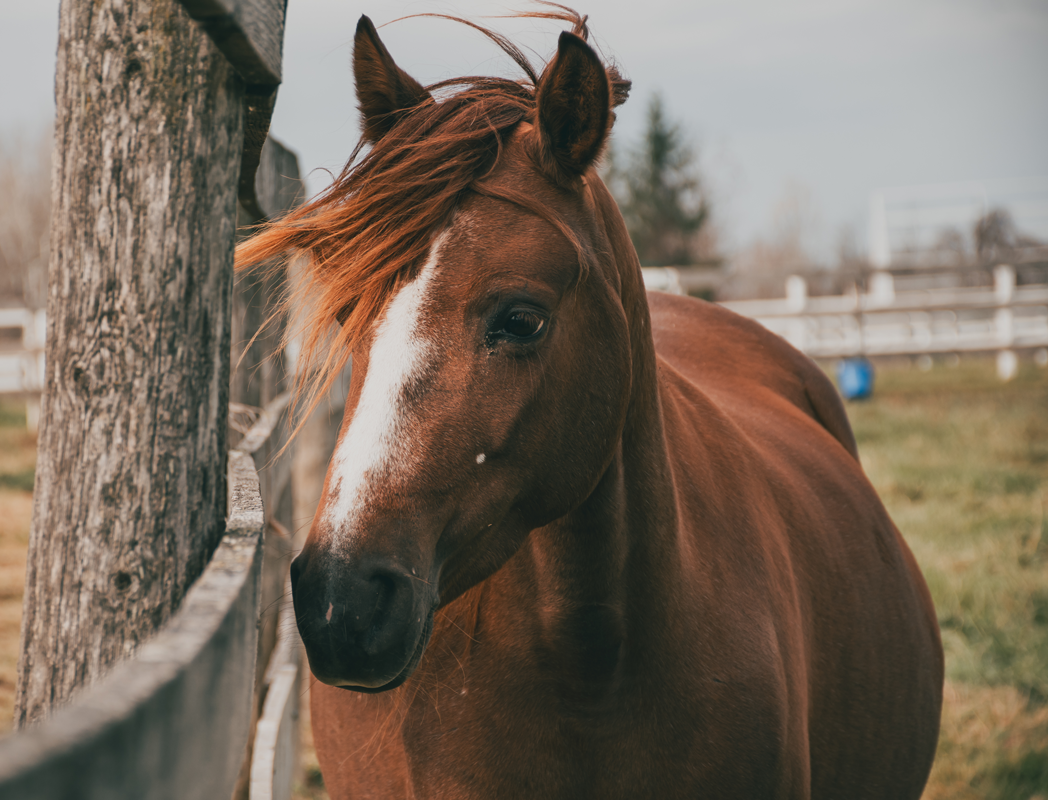
The Story of the Paso Fino Horse
According to historical records and tradition, when Christopher Columbus made his second voyage to the New World in 1493, he brought with him a group of horses that would become the foundation for several horse breeds in the Americas, including the ancestors of the Paso Fino. These horses included Barbs, Andalusians, and the now-extinct Spanish Jennets, all valued for their strength, endurance, and smooth gaits. Later, additional horses were brought to the Caribbean by Spanish explorers such as Juan Ponce de León, further enriching the Paso Fino’s genetic heritage.
Over time, the Paso Fino (Spanish for “fine step”) came to embody the best traits of its ancestral breeds. From the Spanish Jennet, it inherited its remarkably smooth, natural four-beat lateral gait. From the Barb, it inherited stamina and resilience, and from the Andalusian, elegance, proud carriage, and long, flowing manes and tails.

As Spanish settlers established themselves in Puerto Rico and Colombia, they selectively bred horses for their temperament, endurance, surefootedness, and above all, comfort during long rides. The Paso Fino, which does not trot but moves each leg independently in a rapid, even four-beat rhythm, allowed riders to remain steady in the saddle. This gait, known as the “paso fino,” is lateral and natural—not trained or forced—and it makes the horse exceptionally smooth to ride. When demonstrated on a resonating wooden board or sounding track, the precise rhythm of the gait produces a distinct and even “tac tac tac tac” sound, which has become one of the breed’s most recognizable characteristics.

Although the Paso Fino was developed in Latin America, it wasn’t until after World War II that the breed began gaining recognition in the United States. American servicemen stationed in Puerto Rico encountered the horses and brought them back home. In the 1960s and 1970s, the Colombian strain of the Paso Fino was also introduced to the U.S., and both the Puerto Rican and Colombian lines contributed to what is now known as the American Paso Fino. While some breeders experimented with crossbreeding to alter size or conformation, many modern breeders aim to preserve the distinct characteristics of both original bloodlines by maintaining separate breeding programs.

Paso Fino Breed Standards
The Paso Fino’s Spanish heritage is evident in its proud carriage, refined head, and elegant, well-proportioned body. This breed is small to medium in size, with strong, yet graceful builds. While powerful, they should never appear bulky or heavy.

Gait: The Paso Fino’s most distinctive trait is its unique, lateral, four-beat gait. Unlike artificial gaits seen in some other breeds, this gait is natural and inherited, not trained. Each foot strikes the ground independently in a consistent rhythm, producing an evenly spaced sound often described as “tac tac tac tac” when performed on a sounding board. This gait provides a famously smooth ride with no bounce, making the Paso Fino one of the most comfortable horses to ride.
Size: The typical height for a Paso Fino ranges from 13 to 15.2 hands, with 14 hands being the average. They usually weigh between 700 and 1,000 pounds and reach full maturity around five years of age.
Colour: All coat colours and patterns are accepted within the breed standard, including bay, chestnut and those with white markings.
Temperament: Paso Finos are known for their intelligence, willingness, and eagerness to please. They are gentle and easy to handle, making them excellent family horses. At the same time, they display spirited energy and alertness in performance settings.
Mane, Tail, and Forelock: Their long, full manes and tails are hallmarks of the breed and reflect their Andalusian influence. Artificial enhancements are not permitted.
Head: The head should be refined, with a straight or slightly convex profile, prominent jaw, and large, expressive eyes that convey intelligence and alertness.
Neck and Forehand: The neck is of medium length, gracefully arched, and allows for a proud head carriage. The shoulders should be well-sloped and muscular, and the chest deep.
Midsection and Hindquarters: The back is of medium length and well-muscled, with a topline shorter than the underline. The croup should slope gently, with strong, rounded hindquarters and a naturally high tail carriage during movement.
Legs: Straight, refined legs with defined tendons are ideal. The forearms are long with shorter cannons, and the thighs and gaskins should be strong and muscular without being bulky.